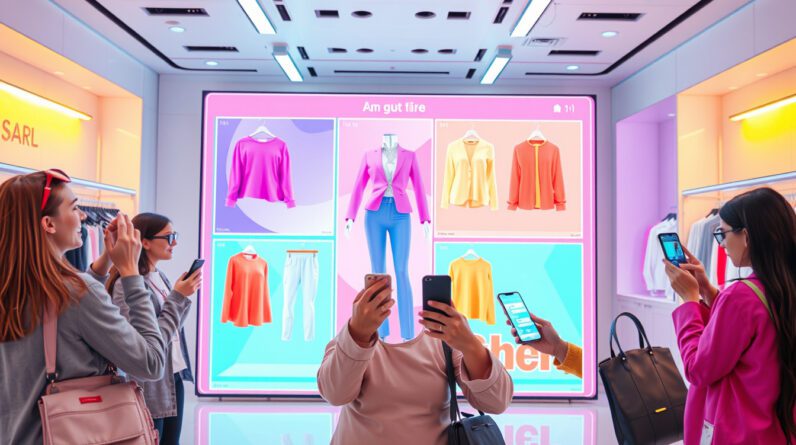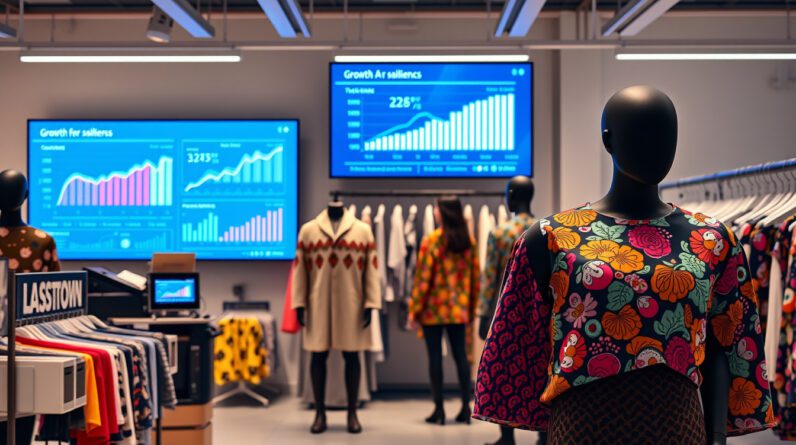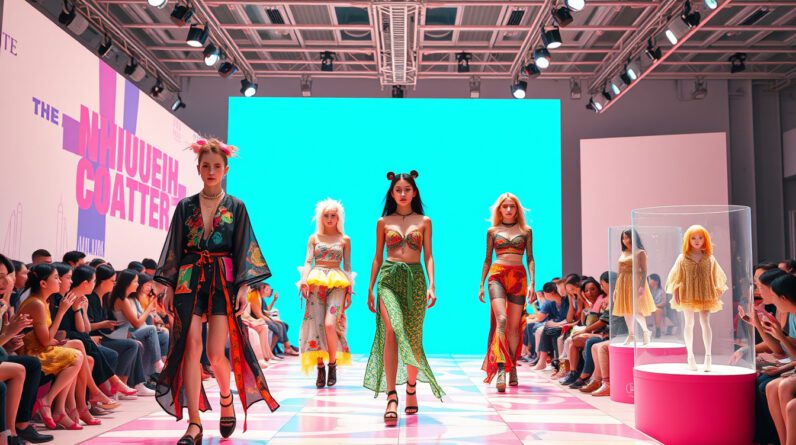AI-Generated Fashion Icon: A Revolution in Virtual Beauty
Introduction
The fashion world, renowned for its constant evolution and embrace of innovation, stands at the cusp of a revolution: AI-generated fashion icons. These virtual entities, born from complex algorithms and fueled by massive datasets, are poised to redefine the very notion of beauty and influence in the digital age. Imagine a world where flawlessly dressed, digitally rendered models grace magazine covers, strut down virtual runways, and inspire trends across social media platforms – all without existing in the physical realm.
This burgeoning phenomenon, however, is more than just a technological marvel. It represents a fundamental shift in how we perceive and interact with fashion, challenging traditional beauty standards, democratizing creativity, and blurring the lines between reality and the digital realm. This article delves into the fascinating world of AI-generated fashion icons, exploring their creation, impact, and the exciting possibilities they hold for the future of beauty and style.
The Making of a Digital Muse: Behind the Scenes of AI Fashion Icon Creation
The creation of an AI fashion icon is a complex yet fascinating process, a symphony of technology and artistry. It begins with Generative Adversarial Networks (GANs), a class of artificial intelligence algorithms adept at generating new data instances that resemble the training data. In the context of fashion, GANs are fed with an immense amount of data, encompassing images of models, clothing styles, fashion trends, and even facial features considered aesthetically pleasing.
This data acts as the raw material for the AI, allowing it to learn and understand the nuances of human beauty, fashion aesthetics, and the subtle elements that make an image visually appealing. Through a process of trial and error, the GAN generates countless images, constantly refining its output as it learns from feedback and improves its ability to generate realistic and captivating virtual beings.
But the process is far from automated. Human intervention plays a crucial role in shaping the final product. Skilled artists and designers work in tandem with the AI, guiding its creative output, fine-tuning details, and injecting a touch of human sensibility into the digital creation. This collaborative process ensures that the AI-generated icon aligns with specific aesthetic goals and embodies the desired personality and style.
A New Era of Representation: Challenging Beauty Norms and Promoting Inclusivity
One of the most profound implications of AI-generated fashion icons lies in their potential to redefine beauty standards and foster a more inclusive and diverse representation of beauty in the fashion world.
Traditionally, the fashion industry has been criticized for perpetuating narrow and often unattainable beauty standards. However, AI has the power to disrupt this status quo. By training algorithms on diverse datasets that encompass a wide range of ethnicities, body types, and gender expressions, developers can create AI-generated icons that reflect the true diversity of beauty in the real world.
This newfound ability to transcend the limitations of physical appearance opens up exciting possibilities for inclusivity and representation. Imagine AI-generated fashion icons with vitiligo, alopecia, or Down syndrome, showcasing the beauty of human variation and challenging the fashion industry’s historical lack of diversity.
Beyond the Surface: The Impact of AI on Fashion Design and Marketing
The influence of AI-generated fashion icons extends far beyond the realm of virtual modeling. They are poised to reshape various aspects of the fashion industry, from design and marketing to consumer behavior and trend forecasting.
For designers, these digital muses offer an unprecedented tool for creative exploration. They can experiment with different styles, patterns, and silhouettes on virtual models, eliminating the need for costly photoshoots and prototypes. This allows for greater flexibility, faster iteration cycles, and the ability to push the boundaries of fashion innovation.
In marketing and advertising, AI-generated icons offer brands a unique opportunity to connect with consumers in the digital age. These virtual influencers can be tailored to specific demographics and target audiences, ensuring that marketing campaigns resonate with their intended viewers. Imagine personalized advertising where an AI-generated icon, styled according to the consumer’s preferences, showcases the latest fashion trends.
Navigating the Ethical Landscape: Concerns and Considerations
As with any transformative technology, the rise of AI-generated fashion icons is not without its ethical considerations. One primary concern is the potential for job displacement. As virtual models become increasingly realistic and affordable, they could replace human models in certain areas, leading to job losses in the modeling industry.
Another concern revolves around the issue of representation. While AI has the potential to promote diversity, it’s crucial to ensure that these digital creations are developed and deployed responsibly. If not carefully curated, AI-generated icons could perpetuate existing biases or even create new forms of discrimination, further marginalizing underrepresented communities.
Transparency is also paramount. As AI-generated icons become more prevalent, it’s crucial for brands and creators to be upfront about their use of this technology. Consumers should be aware when they are interacting with a virtual entity as opposed to a human model. Open communication and clear ethical guidelines are essential to navigate these complexities and ensure that AI is used responsibly in the fashion world.
The Future of Fashion: A Fusion of Technology and Style
The emergence of AI-generated fashion icons marks a significant milestone in the ongoing convergence of technology and fashion. As AI continues to evolve, we can expect even more sophisticated and realistic virtual creations, further blurring the lines between the physical and digital realms. This fusion of technology and style will undoubtedly lead to new forms of creative expression, redefine how we perceive beauty, and reshape the fashion landscape in ways we can only begin to imagine.
From virtual fashion shows experienced through augmented reality to personalized AI stylists offering bespoke fashion advice, the possibilities are truly limitless. The key lies in harnessing the power of AI responsibly, ensuring that it promotes inclusivity, celebrates diversity, and serves as a tool for positive change in the ever-evolving world of fashion.





